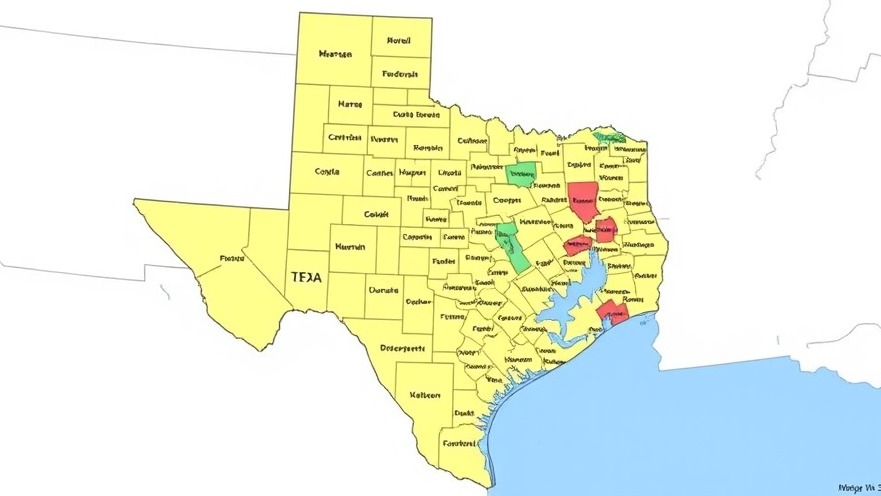
Texas Republicans Make Bold Moves with Redistricting Strategy
As the 2024 election approaches, Texas Republicans are strategically redrawing congressional maps in an attempt to secure the support of Hispanic voters—an ambitious gamble that could significantly reshape the electoral landscape in the Lone Star State. The newly proposed congressional district map aims to increase the Hispanic voter population in several key districts, banking on a transformative shift observed during the previous election cycle.
Shifting Political Loyalties: The Rise in Hispanic Backing for GOP
Historically, the Hispanic community in Texas has leaned Democratic, but recent elections have revealed a startling trend: a growing number of Hispanic voters are casting their ballots for Republican candidates. During the 2020 election, Donald Trump captured over 40% of the Hispanic vote in Texas, a marked increase compared to prior elections. This shift raises critical questions about the motivations behind these electoral choices and the impact of Republican messaging that resonates with Hispanic audiences.
The Dynamics of Redistricting: Texas Political Strategy Explained
The redrawn congressional maps include districts like the 9th in Houston and the 35th near San Antonio, designed to enhance Republican chances by augmenting the Hispanic voter base. For instance, these districts are expected to have a majority Hispanic population, aligning with areas where Trump experienced unusual success. As noted in analyses, should these districts have existed during the last election, Trump would have won them decisively, suggesting the potential for continued GOP strength amid shifting demographics.
Counterarguments: Can Republican Gains Stick?
Despite their optimistic projections, some analysts urge caution. Chuck Rocha, a prominent Democratic strategist, argues that while Trump maintained unique appeal, that allure may not translate to all Republican candidates. The success of GOP candidates in future elections will hinge on their ability to engage with these new bases effectively. Local dynamics and candidate appeal play crucial roles that might not align with national party trends, and it's unclear if GOP efforts will sustain the same level of support without Trump on the ballot.
Real-Life Implications of Redistricting
The stakes are high, as district realignments could determine not just congressional seats but also the direction of Texas politics for years to come. Indeed, voter turnout from these new districts will be critical, emphasizing the need for on-the-ground campaign strategies that resonate with the values and concerns of the Latino electorate. A focus on issues important to Latino voters, like economic justice and healthcare, could solidify these gains.
Future Predictions for Texas Politics
Looking ahead to the 2026 elections, the Republican Party's faith in its new redistricting plan will be tested as they strive to maintain and enhance their appeal among Hispanic voters. It remains to be seen whether the GOP can continue to bolster its ranks in a changing electoral landscape characterized by evolving voter preferences, particularly in the post-Trump era.
Call to Action: Stay Informed as Changes Unfold
As Texas continues to navigate its political transformation, it’s essential for citizens to stay engaged and informed. Understanding how redistricting impacts local and national elections can empower voters to make informed choices at the polls. Keep up with Texas breaking news and follow the latest updates on this evolving political environment.
 Add Element
Add Element  Add Row
Add Row 



Write A Comment